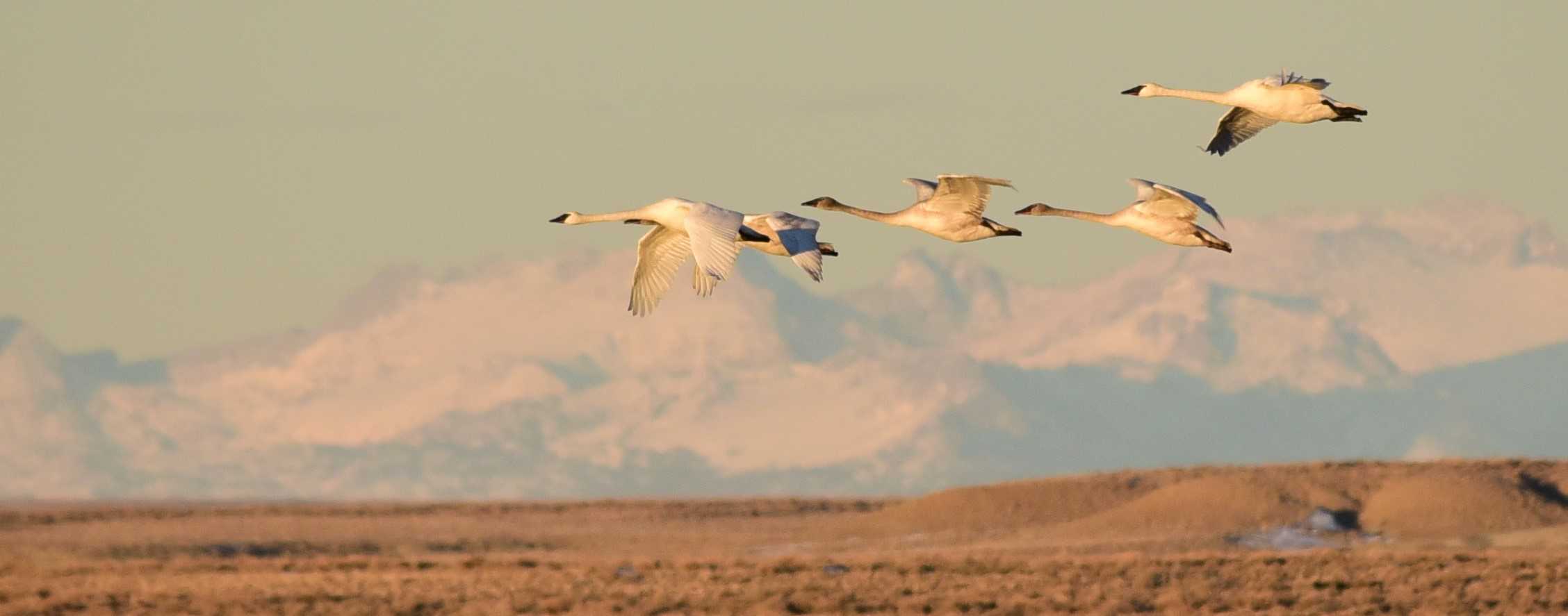

The U.S. Fish and Wildlife Service’s National Wildlife Refuge System is the nation’s only set of federal lands dedicated to the conservation and management of America’s native wildlife. It is the largest and most diverse network of conservation lands in the world, encompassing more than 850 million land and marine acres across dozens of unique habitat types.
These lands harbor hundreds of rare, threatened, and endangered species and protect America’s natural heritage. Unfortunately, this system of lands and waters is continuously threatened by chronic underfunding. Inadequate funding forces the Refuge System to defer a range of critical services, including wildlife habitat management, conservation planning, maintenance and repairs, visitor services, and law enforcement activities. Under existing resources:
These chronic issues restrict the Refuge System’s ability to conserve wildlife and their habitat and ultimately limit the ability of USFWS and partner wildlife professionals to carry out wildlife research, management, conservation, and education.
The Wildlife Society recommends at least $712 million for the Operations and Maintenance accounts of the National Wildlife Refuge System in FY 2024, with the goal of working towards full funding in the fiscal years ahead.
Each year, Congress sets the amount of funding provided for the Refuge System’s operations and maintenance accounts through the U.S. Congressional Appropriations Process. The Cooperative Alliance for Refuge Enhancement (CARE), a coalition supporting adequate funding for the Refuge System, recommends these accounts receive at least $900 million annually for optimal functioning, staffing, maintenance, and conservation activities. However, over the last 10 years these funds have not exceeded $540 million annually.
The U.S. Fish and Wildlife Service is responsible for administering the National Wildlife Refuge System across more than 850 million land and marine acres. The Refuge System include wetlands, coastal areas, forests, prairies, tundra, deserts, and oceans, making it the largest and most diverse network of conservation lands and waters in the world. The Refuge System is broken up into three types of units, including 567 National Wildlife Refuges and 38 Wetland Management Districts across every state and territory in the U.S. as well as 5 Marine National Monuments in the Atlantic and Pacific Oceans.
While the primary goal of the Refuge System is wildlife conservation, several other secondary uses are allowed when compatible with wildlife conservation goals. The legitimate and appropriate wildlife-dependent recreation uses for refuges are known as the “Big 6”. An average of 61 million people visit the Refuge System annually to participate in these recreation opportunities:
Five functional areas are supported by annual operations and maintenance funding received from Congress:
The U.S. Fish and Wildlife Service directly employs many wildlife professionals in support of the National Wildlife Refuge System and associated programs. These professionals help the Refuge System fulfill its mission of wildlife conservation by implementing the best available wildlife science in wildlife habitat management and monitoring, public education and outreach, and the protection of refuge units and their visitors.
Partners from state and tribal agencies and universities also depend on the Refuge System to carry out their wildlife conservation and management work. The Refuge System’s diverse network of conservation lands supports the mission of wildlife professionals across the nation to conduct wildlife research, management, conservation, and education for the benefit of all Americans.
Questions about the Refuge System or the congressional appropriations process? Reach out to policy@wildlife.org